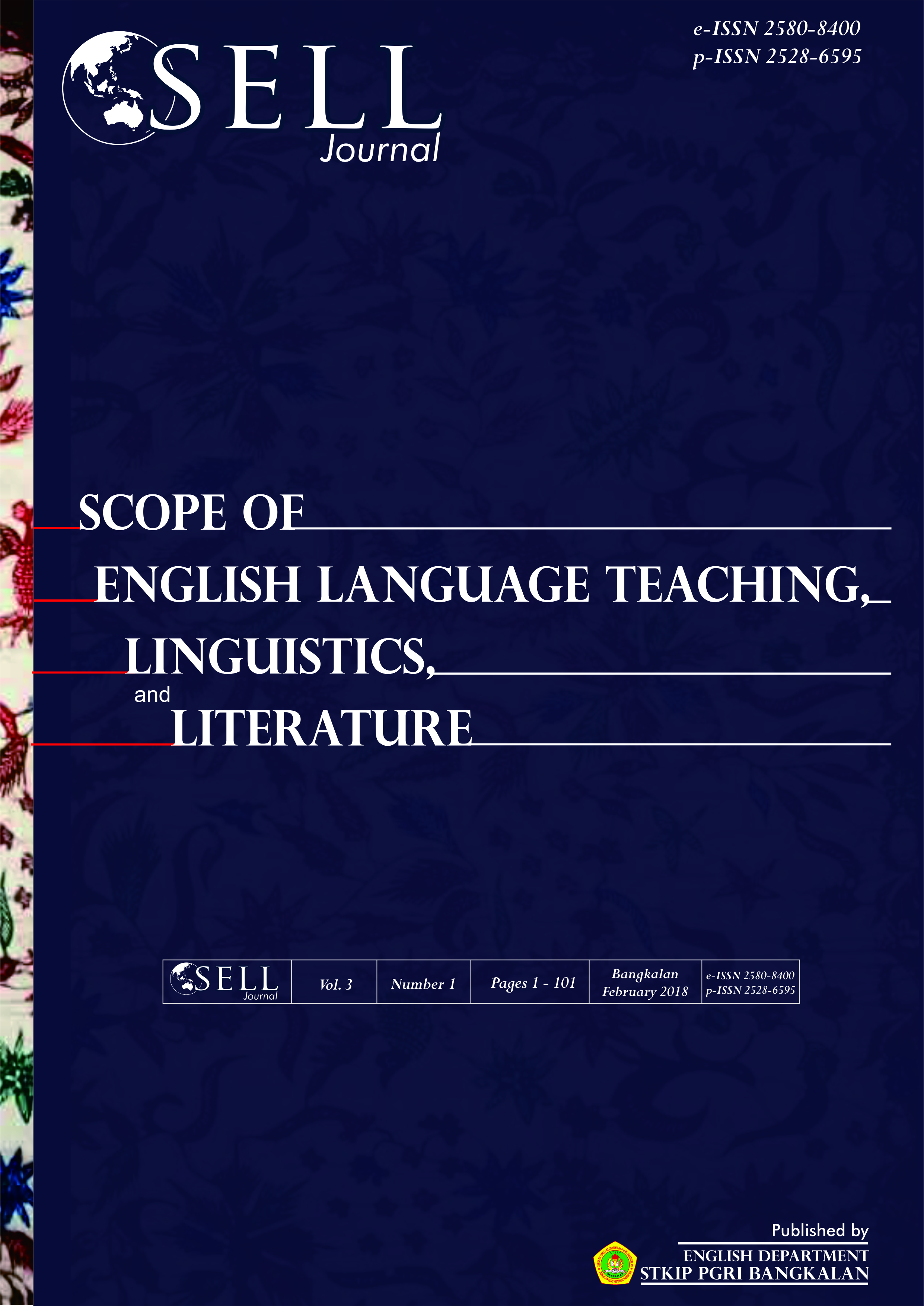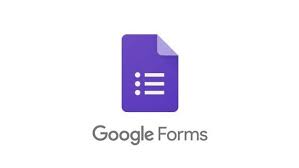The Use of Story Book: Moral Stories Media to Teach Reading Comprehension
DOI:
https://doi.org/10.31597/sl.v3i1.535Keywords:
M- Learning, Make a match, Reading comprehensionAbstract
This research used M- Learning (Story book: Moral stories) as media to teach reading comprehension. This research is aimed to know whether story book: moral stories media has significant effect on students’ reading comprehension at SMP N 1 Mojoagung. In applying the media, it was elaborated with make a match model in both classes. Using Quasi experimental non equivalent (pretest- posttest control group design), this research involved 50 students which were in class 8A (control class) and class 8B (experiment class) both involved 25 students each class. The instrument used multiple choice tests. The result of post test used Independent sample T-test by using SPSS 16.0. The result showed the mean of control class was 69.40 and experimental group mean showed 90.40. It concluded that the mean score of experimental class got higher than control class. The result of Independent sample T – test in sig. (2- tailed) value showed 0.000 which is less than α value = 0.05, it means that students who are taught by using story book: moral stories media has statistically significant different score than those who are taught by printed media in reading comprehension.
References
Chotimah, I. Chusnul. 2013. The Effectiveness of Using Make a Match Technique in Teaching Reading at Madrasah Muallimin 6 Tahun Tambak Beras Jombang. Journal of English Teaching and Learning, Vol. 2,1262- 1268.
Creswell, John W.2009. Research Design: Qualitative, Quantitative, and Mixed Methods Approaches Third Edition. London :Sage Publications.
Fachrurrazy.2012. Teaching English as a Foreign Language for Teachers in Indonesia. Malang: State University of Malang Press.
Fraenkel, Jack R. and Wallen, N.E.2012. How to Design and Evaluate Research in Education 6th Ed. New York: McGraw-Hill
Harmer, Jeremy.2007. How to Teach English New Edition. England: Longman.
Hidayati, Wiwin S. and Rozak, Abd. 2013. Pengolahan Data dengan SPSS. Jombang. Unpublished.
Kagan, Spencer and Miguel.2009. Kagan Cooperative Learning. San Clemente:Kagan publisher.
Kasbolah, Kasiani.1993. Teaching Learning Strategy I. Malang: IKIP Malang.
Latief, M. Adnan.2014.Research Methods on Language Learning An Introduction. Malang:UM Press.
Molenda, et al. 2004. Instructional Technology and Media for Learning Eight Edition. Colombus: Prentice Hall.
Mtega, Wulystan P. et al. 2012. Using Mobile Phones for Teaching and Learning Purposes in Higher Learning Institutions: The Case of Sokoine University of Agriculture in Tanzania. Proceedings and Report of the 5th UbuntuNet Alliance Annual Conference, 118-129.
Munadi, Yudhi.2010. Media Pembelajaran Sebuah Pendekatan Baru. Jakarta:Gaung Persada(GP)Press.
Neil, John D.Mc. 1992. Reading Comprehension New Direction for Classroom Practice Third Edition. Los Angles :Harper Collins Publishers.
Nunan, David. 1992. Research Method in Language Learning. America : Cambridge University Press.
Ratnawati, Sri.2012. The Implementation of Make A Match Method to Improve Students’ Reading Comprehension at The Eighth Grades Of SMPN 2 Jetis in the 2012/2013 Academic Year.Muhammadiyah University of Ponorogo: Unpublished.
Titsworth, Scott and Kuzrekoff, J.H.2015. The Impact of Mobile Phone Usage on Student Learning. Communication Education Journal. Vol.62, 233- 252.
Wahyuni, Sri. 2011. The Effectiveness of Using Make-a Match Method in Teaching Reading Comprehension to the First Grade Students of SMP N 2 Sulang, Rembang in Academic Year 2009/2010. Semarang State University: Unpublished.
Wena, Made. 2014. Strategy Pembelajaran Inovatif Kontemporer Suatu Tinjauan Konseptual Operasional. Jakarta: Bumi Aksara.
Downloads
Published
How to Cite
Issue
Section
License
1. Copyright of this journal is possession of Editorial Board and Journal Manager, by the knowledge of author, whilst the moral right of the publication belongs to the author.
2. Legal formal aspect of journal publication accessibility refers to Creative Commons Atribution-ShareAlike (CC BY-SA), implies that this license lets others remix, adapt, and build upon your work even for commercial purposes, as long as they credit you and license their new creations under the identical terms. This license is often compared to “copyleft” free and open source software licenses.
3. Every publications (printed/electronic) are open access for educational purposes, research, and library. Other that the aims mentioned above, editorial board is not responsible for copyright violation















